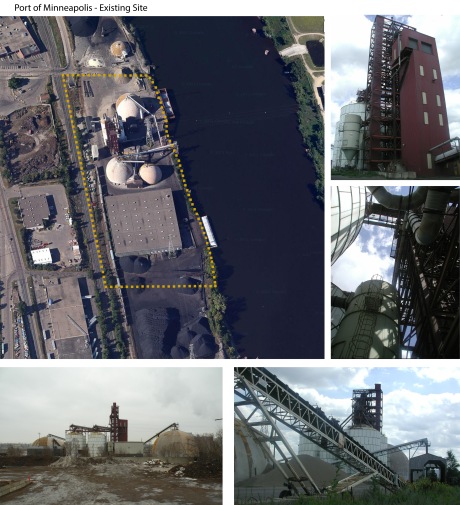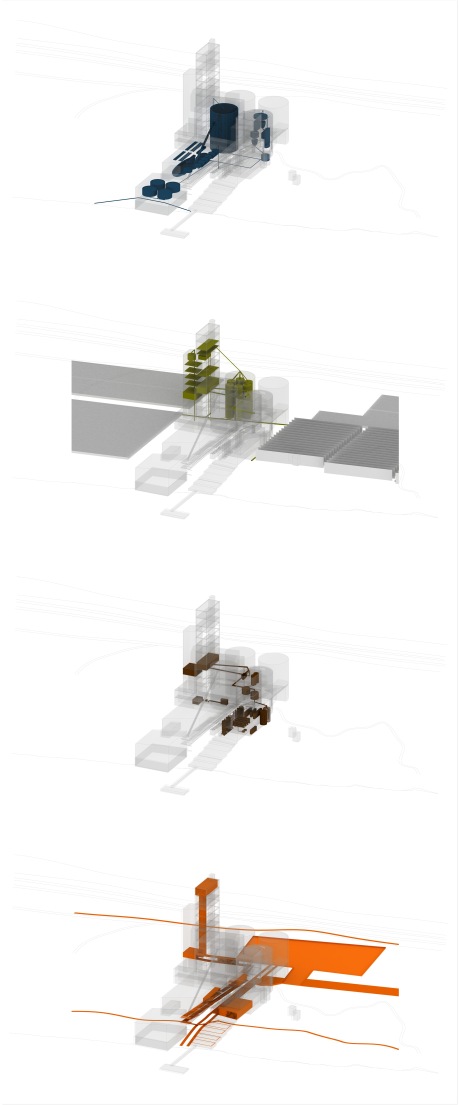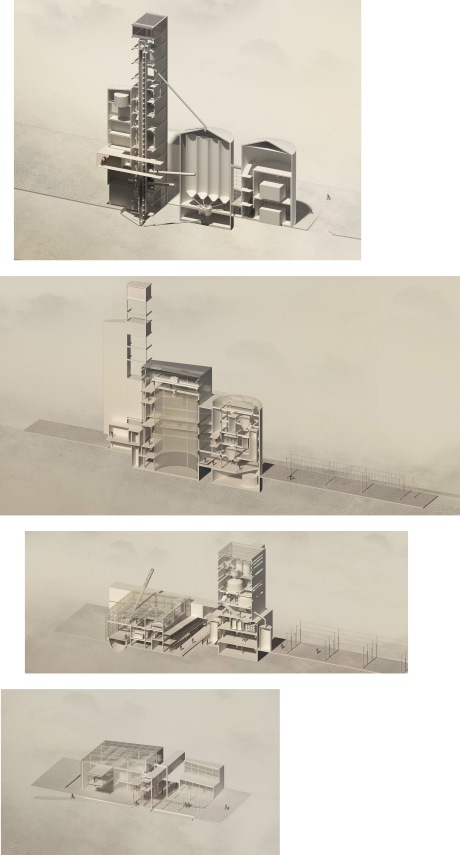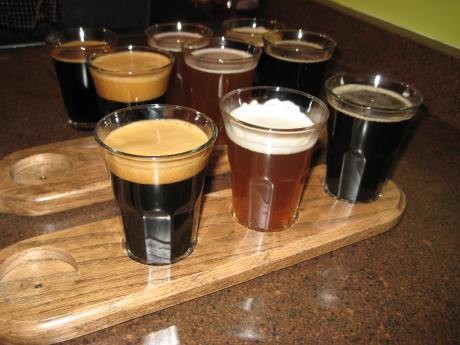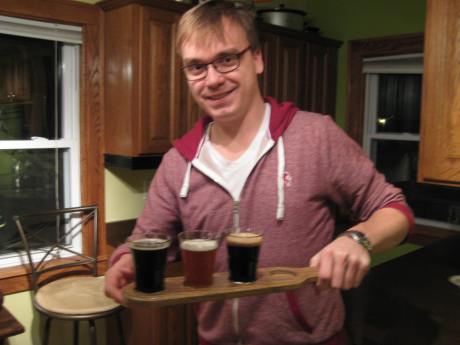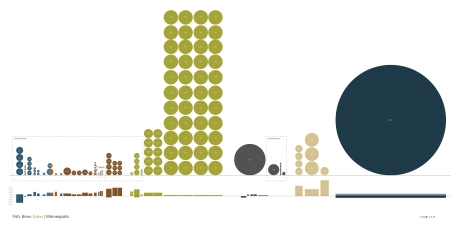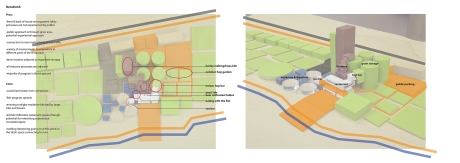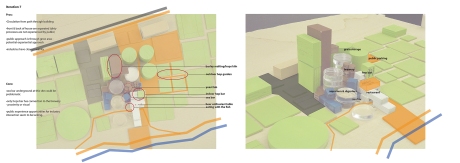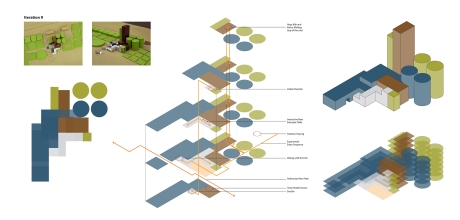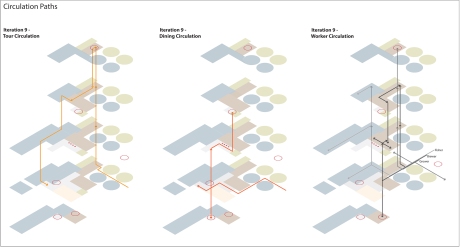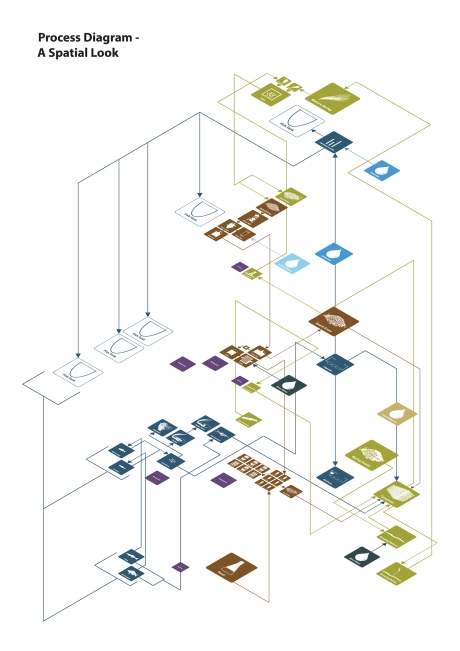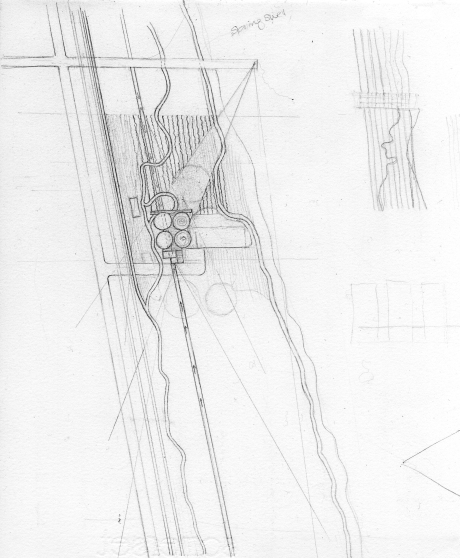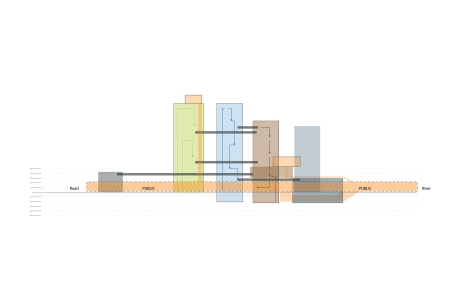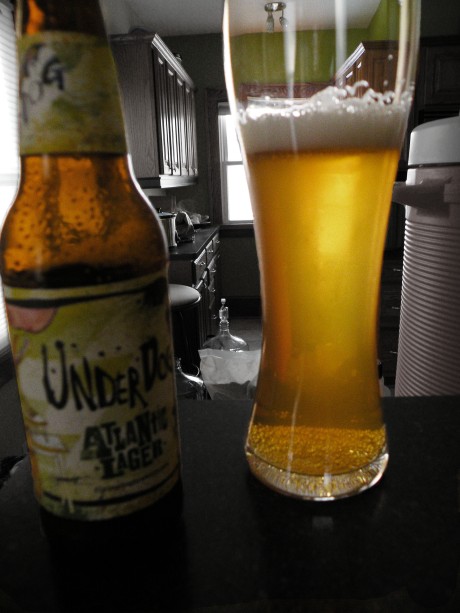Last Friday the Masters Final Project students presented their work in a ‘slam’ format for the entire class. We each had 3 minutes to communicate our vision of what our projects were and what direction we thought we’d be taking throughout the semester to push our design ideas. It was a really good chance to be able to see what everyone is doing and also great practice and being succinct and to the point.
Below is the script that we used for our presentation. The “*” means that we changed the slide on the pdf presentation, which is included in this post. Enjoy!
“This project stems from a desire to explore the opportunities that emerge from considering three separate industries in the context of one another. * The industries of fish farming, beer brewing, and agriculture have been historically important and remain relevant today, with both beer brewing and agriculture already having rich ties to the city of Minneapolis. * We are interested in proposing a new Architectural, Ecological, and Financial model as a means of bringing these industries back into the city. * By looking holistically at the three processes, we hope to find synergies that will begin to remake our river edge into an industrially relevant, ecologically healthy, and community welcoming place.
* We are locating our project several blocks northwest of the Lowry Bridge within the context of, and as a compliment to TLS and KVA’s RiverFirst proposal for revitalizing the Minneapolis riverfront. * We intend to work at the scale of our 12 acre site and at a 1:1 scale of personal, human interaction * – proposing not only the design of the project but also imagined scenarios for its users. * Starting with precedent processes and technologies from each industry to guide us, we hope to present propositions, which expand each industry’s current practices, and to test the architectural implications that emerge from such scenarios. * By programming social activities of eating and drinking within the project, we plan to challenge the current distance between our culture’s production and consumption.
* We propose:
• a fish farm that is a humane habitat for fish with potential to engage our community while providing the FIRST source of fresh saltwater seafood in Minneapolis.
* We propose:
• a brewery that adds to the strong local beer community currently in Minneapolis, while introducing new ways for consumers to engage with craft beer and its making
* We propose:
• urban agriculture that becomes the source of produce for the onsite brewery and restaurant in addition to beautifying the river’s desolate landscape
* Finally,
We propose:
•A place for people who use the RiverFIRST parkway system as well as people who enjoy good beer, fresh seafood and appreciate locally sourced operations – a place that welcomes and encourages community engagement, contains locally supported systems and weaves together industry.”
Johansson_Jen_Dave


